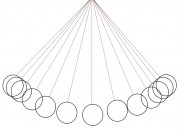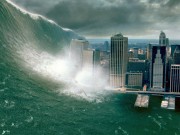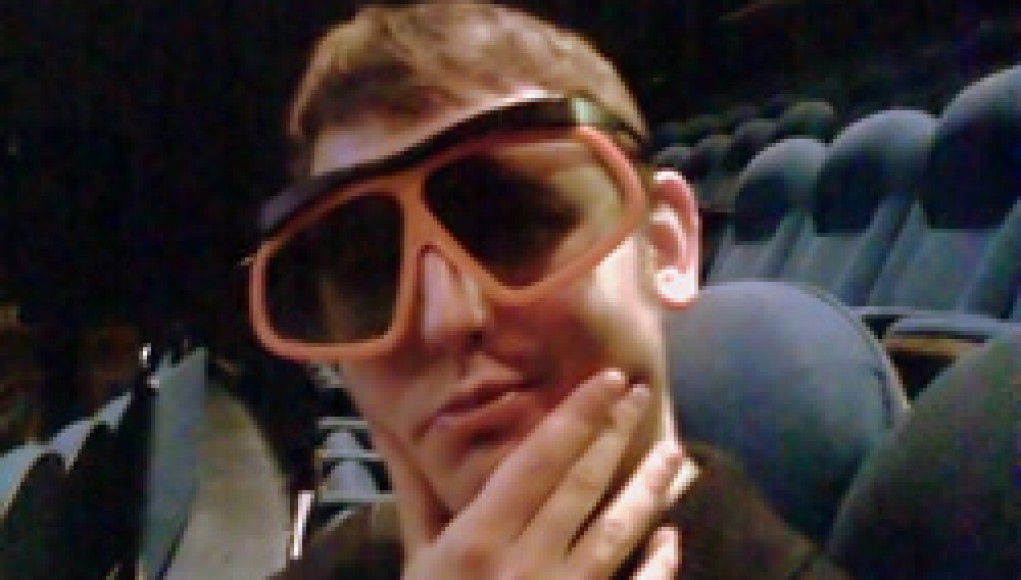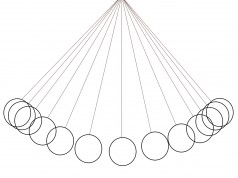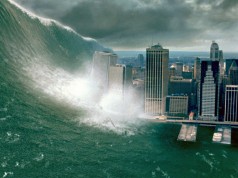Things have changed slightly from my original article posted well over a year and a half ago regarding my criticism of 3D. In the original article A Case Against 3D Cinema, I mainly touched upon the higher prices, the studios’ future reliance on the format, and how true artists will be the ones who make the most of the additional dimension. I still stand by my comments, especially now that I have additional proof to support my criticism. However, more critics have been as outspoken regarding the format in the first half of 2011; I have gathered them, commented on them and have considered a new thesis regarding my opinions on 3D films.
I do have to say I was right when it came to only artists being able to make use of the third dimension. Only two 3D releases have been able to accurately take the format to the level that it is advertised. One was a documentary, and another was the non-fictional stunt-film, Jackass 3D. With the potential of bodily fluids flying directly at the viewer, the gross-out factor increases dramatically. However, Werner Herzog trumped the Jackasses with Cave of Forgotten Dreams. Filmed in 3D, Herzog takes us on an in-depth journey to a protected cave that features some of the earliest known cave paintings. The fact that we can capture our earliest and most primitive forms of art with one of our most advanced is a stunning feat. While the artistic merit of Jackass can easily be debated, both films exemplify the possibilities of 3D that narrative films may not be able to portray.
Even James Cameron, whose late-2009 Avatar was the poster-child for 3D as a technological achievement, stated that it is not the format that failed, but it is Hollywood that has failed in offering films that make use of the format. The same article suggest something very similar from my earlier statement regarding true artists wielding the stereoscopic format. Steven Spielberg, Peter Jackson, Martin Scorsese, Steven Soderbergh all have 3D films in line to be released. Cameron is also pushing for a higher frame rate for 3D films to 48 or even 60fps, in order to reduce the flicker and increase the overall resolution for films.
Master film editor Walter Murch explained to Roger Ebert that 3D works against the human brain. The spectator has to focus on several planes at once, something that our natural evolution never prepared us to do. He also raises a point that 3D has a Brechtian aspect to it since the spectator has to choose between immersing themselves in the story, or to enjoy the visuals. Lastly, he admits that the picture is roughly one stop darker than a typical 2D picture.
To continue with the issue of darkness, about two, going on three decades, theaters have been reducing the brightness of the projectors to save on maintenance costs, which has easily been debunked. With projectors operating darker, the 3D glasses also reduce the brightness of the image. Furthermore, lazy theater owners have made a practice of leaving the 3D lenses on the projectors even when projecting 2D films, a practice that absorbs almost fifty percent of the light. Ebert’s article points to several occasions where Sony is responsible for projecting an inferior image. They are the most prolific digital and 3D projector manufacturer. According to the same Ebert article, Sony even provided a darker image to an Academy voter screening of their own studio film, The Social Network. Essentially, the studios are to responsible for the lackluster ticket sales as of late, whether 2D or 3D.
So that is what the journalists have said in the recent months. But now, lets take a look at a recent Cinema Journal article from the Summer 2011 issue (#50, Vol. 3). Philip Sandifer’s “Out of the Screen and into the Theater: 3-D Film as Demo” discusses how in all three waves of 3D (1950s, 1980s, late-2000s) have been initiated with a film that was only awful, and each wave would crash soon after. However, each wave would have at least one critically acclaimed film. Sandifer also found that optimal 3D effects require a specific angle and distance from a screen, of which a typical consumer theater cannot provide to all patrons. The author also found that 3D films from all waves have shown to rely on longer takes due to the spectator’s vision having difficulty in refocusing on the format when cutting from shot to shot. This makes shot-reverse-shot, a staple in the institutional mode of representation, difficult to execute. Last, Sandifer looks at Alfred Hitchcock’s Dial M for Murder as being a hit because it only relied on two shots that completely took advantage of the format, and because Hitchcock brought the two lens as close together during filming, making the film as flat as possible.
While the article was published recently, it was written prior to Avatar and the orgy of 3D films that were post-converted. But 3D has not been the cash cow that Hollywood executives were hoping for. Kristen Thompson has found that ticket sales have plateaued for 3D films while the number of screens has increased. Meaning, less are seeing 3D films on more screens. Furthermore, there is an avid anti-3D sentiment that is growing and certainly does not seem to be slowing down. It has also come to my attention that due to customers no returning 3D glasses after a screening, some exhibitors are now requiring audiences to purchase their own 3D glasses as none will be provided for free. The 3D onslaught is reaching beyond the multiplex. Soon 3D will be crammed into every device that can be pushed to market and the consumer may begin to lose choices.
The issue still stands. Is Avatar merely the next in a long history of 3D films receiving critical acclaim that Sandifer suggests? Will contemporary directors make better use of the format? Will history continue to repeat itself? Can millions of years of evolution be circumvented to properly provide audiences with the promised future of stereoscopic films? I stand by my critical points to the format, but only time will tell. There has yet to be a narrative film, not packaged as a blockbuster, to use and earn critical praise of the 3D format. This creates another question. Will 3D films be solely for the event films? Leaving the supposed art films left in two dimensions? At this point, it appears so.


